SAWA: TEA TASTING BY ALEX AHEARN
Name of the Product: SAWA (shop here)
Type of Tea: Kabusecha
Producer: Kiya Yasuhiko, Japanese Tea Appraiser and CEO of Kiya Hoyuen
Location: Hoshino Village, Yame City, Fukuoka Prefecture, northern Kyushu, Japan
Harvest: 2022
Read About Kiya-San and Yame Tea Below
Kiya-san has been promoting Yame tea and tea culture for years. The attention to detail and craftsmanship of Kiya-san’s work allow him to produce high-quality green tea. Kiya-san’s teas capture the essence of Yame’s distinctive landscape, climate, and soil. The teas have a unique complexity and depth with umami-rich characteristics, unlike those of other Japanese green teas.

Taste SAWA like Kiya-san!
Kiya-san’s recommended steeping parameters.
Tea: 6g (~2 teaspoons)
Water: 100ml (~3.38 fl oz)
Temperature: 70°C (158°F)
Tea: 6g (~2 teaspoons)
Brewing: 40 seconds
Kiya-san’s SAWA kabusecha is another example of the attentive artistry and the umami-rich characteristics that he develops in many of his teas. This kabusecha, which translates to "covered tea," was shaded for a shorter period than a gyokuro prior to harvesting, which concentrated the L-theanine and sugar content in the tea leaves.
Also, the higher chlorophyll content of the tea leaves gives them a deeper green hue. An intense vegetal aroma with a noticeable underlying sweetness filled the air as I cut open the sealed bag. I lifted the bag to my nose and smelled the aroma again, taking a deep breath.

The deep vegetal aroma lingered long in the air, with notes of steamed spinach and bok choy and subtle hints of fresh pine needles and dried gardenia. The aroma of the dry tea leaves became more complex and layered as I continued to smell them. There was an underlying sweetness of sautéed zucchini and Sicilian pistachios.
I slowly poured a small portion of the emerald green tea leaves into a small bowl and weighed a serving while warming the water in my kettle. As the water reached 70°C (158°F), I gathered my kyusu, two cups, and a tea towel. I filled my kyusu half full with warm water and let it sit for a few minutes before evenly decanting it into the two cups. I poured out the water from the two cups, gently put the tea into the warmed kyusu, and closed the lid.

I lifted the lid a little and smelled the dry tea leaves, warmed by the heat of the kyusu. The vegetal aroma remained prominent, with more savory and umami-rich characteristics. Deeper notes of miso, nori, and steamed artichoke wafted out of the kyusu.

In a gentle stream, I poured the warm water into the kyusu in a single stream to agitate the dry leaves too much. I quickly closed the lid and waited a few seconds to decant the steeped tea into the two cups. The vibrant pale green liquor had a subtle gold hue as it flowed from the spout of the kyusu into the cups. I lifted one of the cups to my nose and took in the sweet and vegetal aroma of the liquor. Its aroma reminded me of steamed soybeans and dried narcissus, with a hint of toasted rice.

I took a sip, and as the liquor passed my lips, a vibrant, umami-rich flavor filled my mouth, coating the inside of my cheeks and the sides of my tongue. The liquor had a mild bitterness that was soon replaced with a delicate, persistent sweetness that lingered in the back of my throat. I continued to steep the same tea leaves two more times for 30 seconds each, and the liquor’s sweetness was still present and balanced nicely with the mild bitterness in the finish. Lighter, more delicate floral notes of dried narcissus and spring flowers were noticeable in the later steep.
The tea’s layered complexity continued to develop as I drank more, and subtle notes of toasted pine nuts and rice were present underneath the tea’s bolder vegetal characteristics. Following Kiya-san’s steeping parameters highlights SAWA’s layered, umami-rich, and subtle floral characteristics. This tea is made with the Yabukita and Okumidori cultivars.
Make this tea for any occasion!
Ice Brew (kōridashi) preparation: This tea can be enjoyed using another steeping method called kōridashi. An ice cube can be placed on top of the dry tea leaves, about 3 grams (~1 teaspoon), in your cup and left to melt for about 30 minutes. You may pour a very small amount (~10ml/0.33 fl. oz) of warmed water over the ice cube to start the melting process.
The tea’s astringency will be more subtle while its umami characteristics remain rich and lingering.
Cold brew preparation: This tea can be enjoyed as a cold brew made in a 750ml (~25.4 fl oz) cold brew bottle or a pitcher. This preparation method highlights the tea’s more aromatic characteristics and underlying complexity. Put 8-10g (2-3 teaspoons) of tea in the bottom of the bottle. Fill the bottle to the top with cold or room temperature filtered water.
Place the bottle in the refrigerator and allow the tea to steep for 8-12 hours. You can taste test the tea throughout its steeping and enjoy it at any point to your liking. After the desired amount of time has passed, strain and enjoy the tea. Store in refrigerator up to one day after preparing.
Read about food pairing recommendations below.
You may enjoy this tea by itself or pair it with vegetable-based and seafood dishes, with pan-roasted or broiled white meat fish like cod or haddock and sautéed dark leafy greens or fresh spring vegetables.


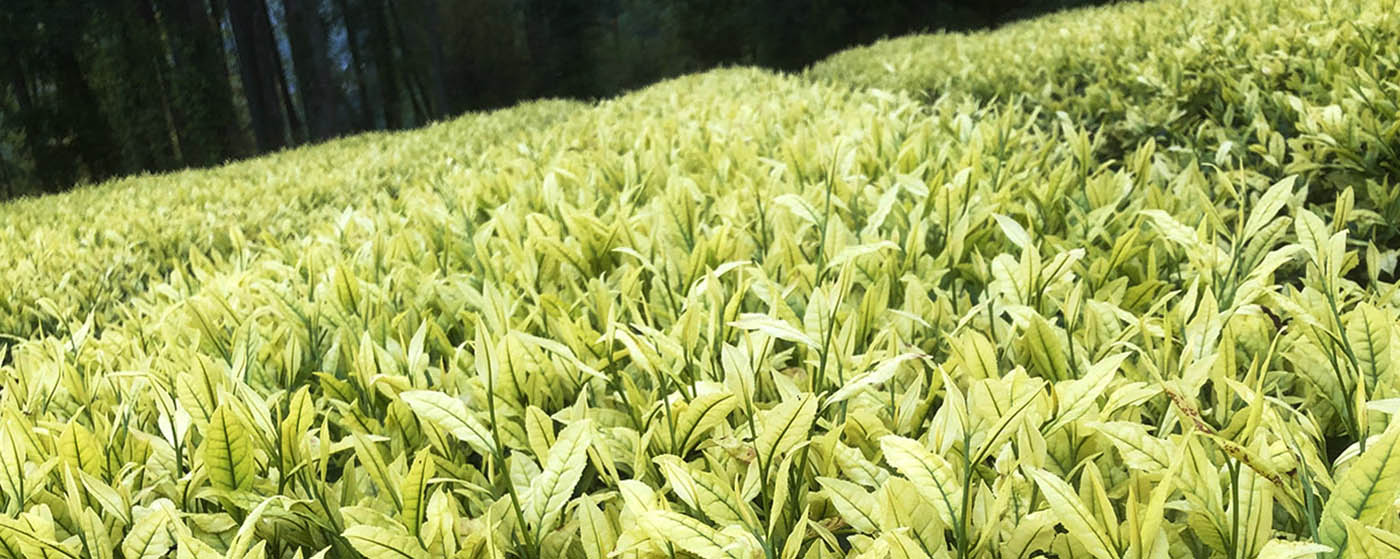

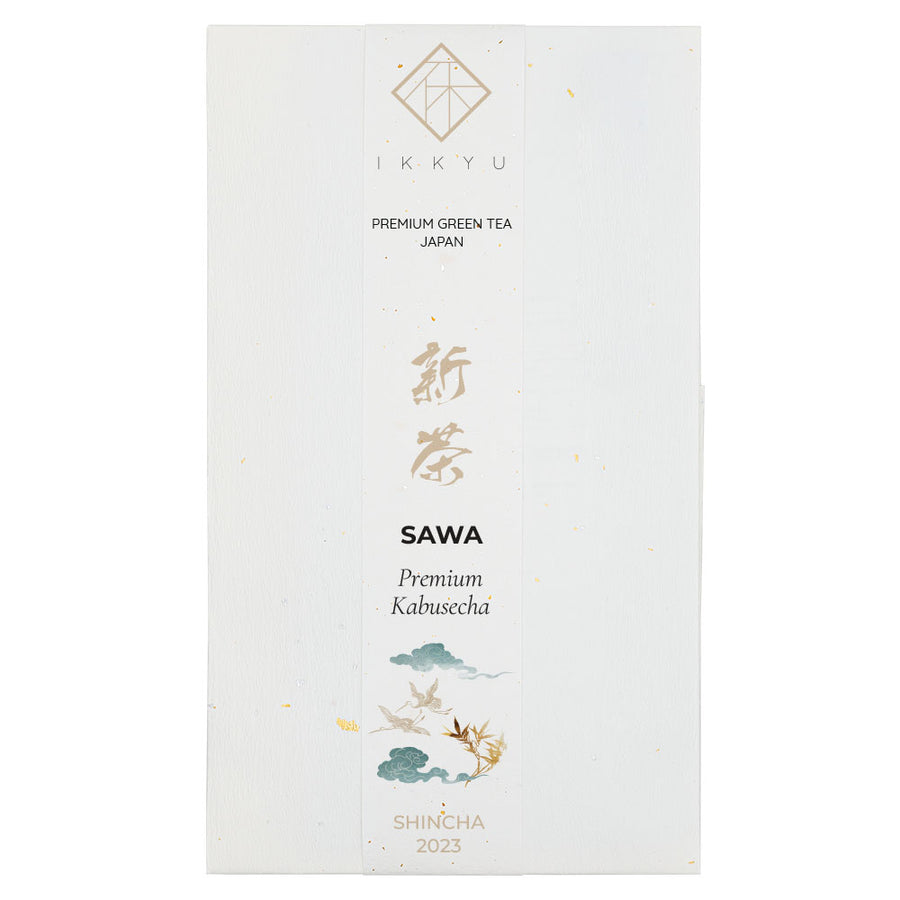
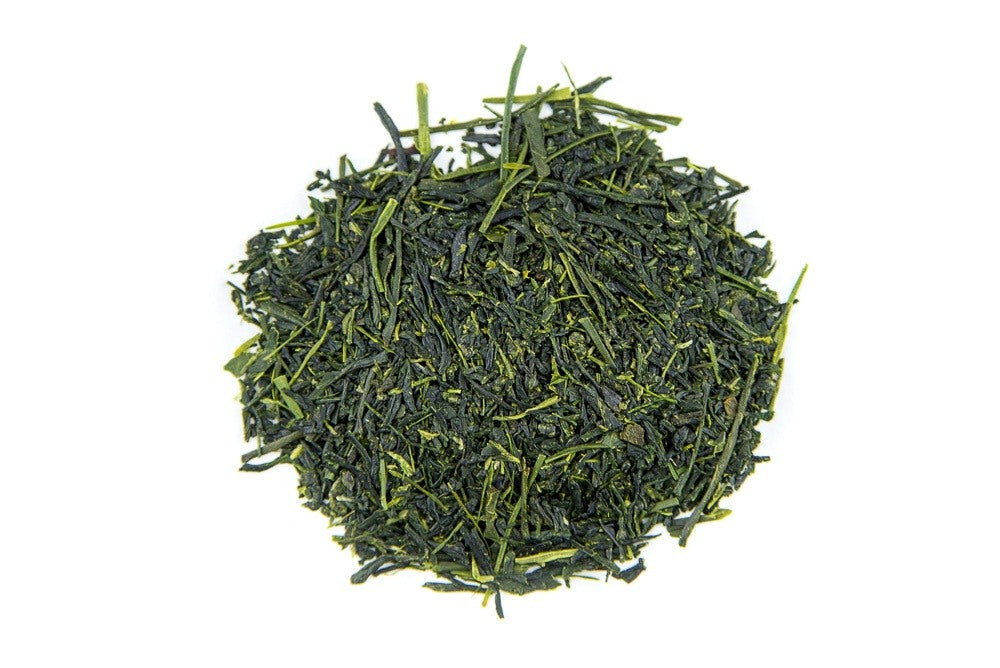
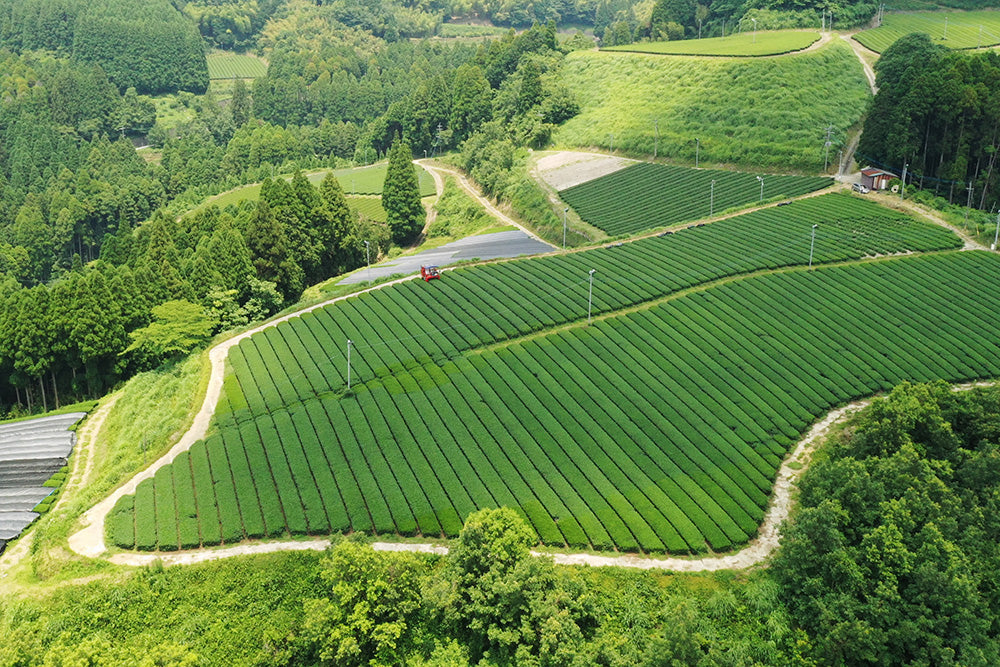

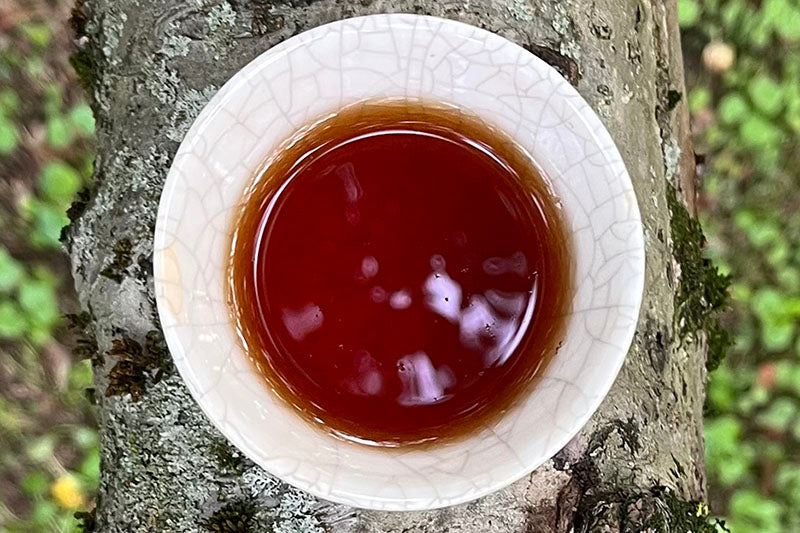
Laissez un commentaire